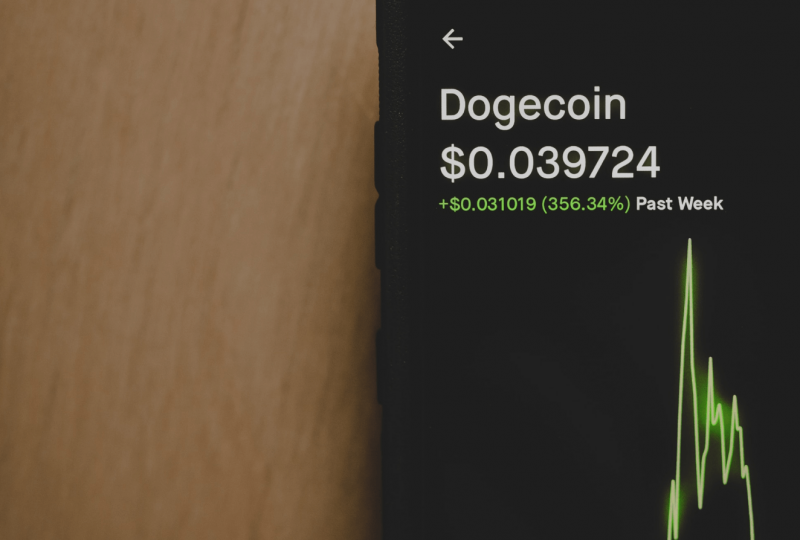These Are the Best Stocks for When Interest Rates Rise
Feb 17, 2022

The Federal Reserve is on the verge of hiking interest rates many times in the near future. This suggests that the moment has come for technology, traditionally conservative, and quality stocks to flourish.
Inflation is at its highest level since the early 1980s and is only a hair below what was almost certainly the top, prompting the Fed to raise short-term interest rates at least four times this year. This might assist cut long-term bond yields, as higher short-term rates are intended to restrain economic demand, hence decreasing long-term inflation. Long-term rates have risen as inflation expectations have increased.
This has a significant impact on technology stocks. If long-dated bond rates gradually rise — or even fall — this is beneficial for technology values, as lower yields increase the discounted present value of future earnings. Numerous technology businesses are valued on the basis of the earnings they are predicted to generate years from now, rather than on the basis of the profits they are already making.
Indeed, Evercore data show that, on average, 12 months following the first rate hike in a fresh cycle of rises, S&P 500 technology stocks have outperformed the wider index by 13 percentage points, stretching all the way back to 1994.
Today, the same might be said about technology equities. The Nasdaq, which is heavily weighted toward technology, is already down 13% from its Nov. 19 all-time high, as the 10-year Treasury yield has surged. Perhaps now is the moment to purchase the drop; however, there may be further pain in the near future.
Classically conservative stocks — those that provide goods and services that remain in high demand even when consumers and businesses have less money to spend — are also often strong choices when the Fed begins raising interest rates. Since 1994, utility, real estate, and healthcare companies in the S&P 500 have outperformed the wider index by an average of 4, 7, and 2 percentage points in the 12 months after a first-rate hike.
Another area to consider is quality stocks, regardless of sector. These businesses have consistent cash flows, either as a result of their defensive industries or as a result of their longevity and competitiveness. They often have substantial balance sheets with little debt.
When interest rates rise, companies with low debt burdens frequently do not face a big increase in the interest rate on their current bonds, allowing their values to stay relatively high. The S&P 500's quality stocks have generally outperformed the wider index by three percentage points in the year after a first-rate hike.
"As financial conditions tighten, they act as a tailwind for earnings quality," stated Dennis DeBusschere, founder of 22VResearch. Simply buy these companies before investors bid them up in price.




